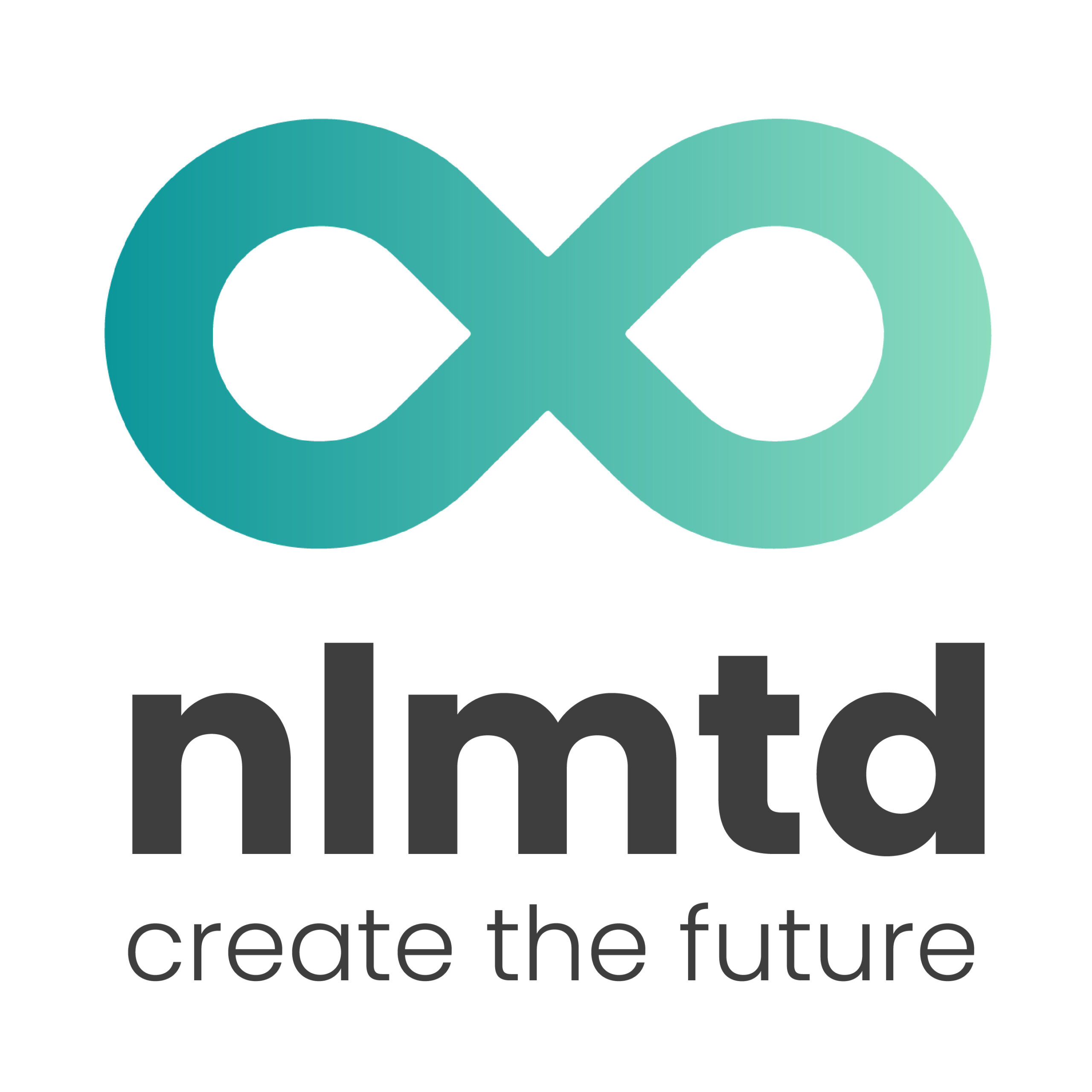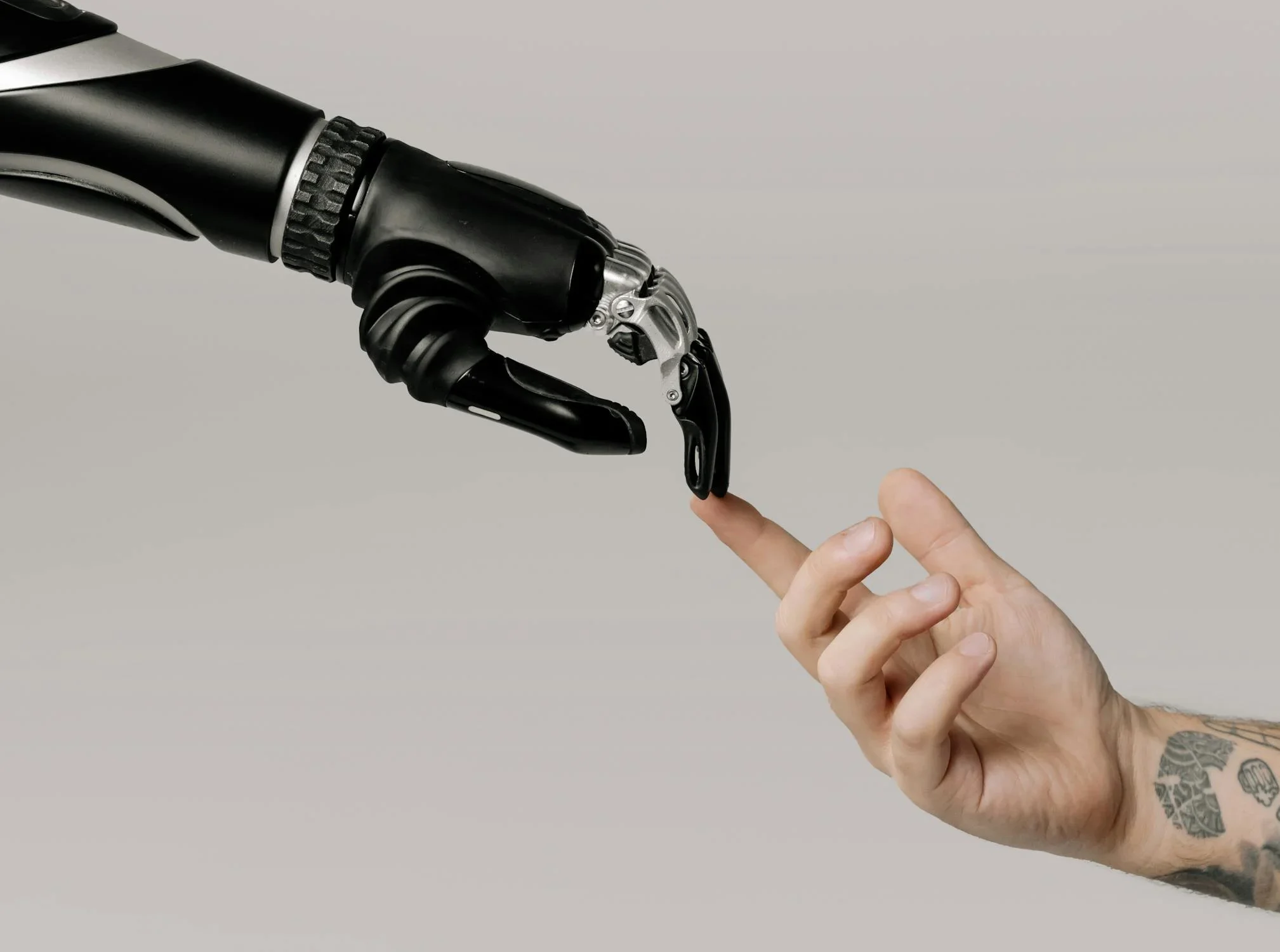
Rahel the Friend
Head of Innovation Research & Scouting at TNW
Rahel de Vriend is an open innovation expert with experience in startups and emerging technologies. As Head of Innovation Research and Scouting at The Next Web, she helps companies stay ahead by identifying upcoming trends and technologies that could have a significant impact. Her work combines thorough research with strategic collaboration, linking corporate teams with what’s next.

Jeroen Kamp
Automation & innovation manager
Jeroen is a creative and datadriven innovationexpert, specialized at automation and mechanization. At Schiphol worked he to vision, strategy and innovative solutions for baggage handling. Thanks to its pragmatic approach and sharp eye for links and opportunities, brings he teams fast direction result – with eye for stakeholder dynamics.
Share this article
A baggage hall with no humans, but full of humanoid robots lugging suitcases - is that the future?
Automation is a popular topic, although its level of progress differs widely across industries. It is more than just using technology; it signifies a fundamental change in how we organize processes and human work. This change is especially noticeable in industries such as logistics, warehousing, ports, and airports.
The reasons behind automation vary by industry, but they are generally the same: (expected) labor market shortages, the desire to improve working conditions, and technological advances that make automation more affordable.
The benefits are clear, so why isn't a robot already making our car and delivering it to your home?
A key challenge lies in designing the solution itself. Just because the technology exists doesn’t mean the solution is already there. Existing infrastructure often complicates things: technology must adapt to an environment initially built for humans, not robots. And while humans perform tasks effortlessly, sometimes you have to bend technology into unusual shapes to achieve the same result. It’s easiest to develop technological solutions in an environment specifically designed for that purpose, but you often lack that luxury.
After all, adapting infrastructure is costly, but tailoring technology to fit that infrastructure is equally expensive.
There’s more to consider: getting people on board with this transition is just as crucial. Not everyone prefers a robotic arm as their new coworker. Additionally, operating and maintaining these smart systems require entirely new skills, which are already hard to find.
In which industries is automation already being implemented? From aviation to healthcare, nlmtd & TNW Programs see several parties working on shaping the future.
In which industries are we already witnessing automation becoming a reality? From aviation to healthcare, at nlmtd and TNW Programs, we’re observing more organizations actively planning for the future.
Take Stedin, for example. They posed a straightforward yet essential question: How can we make the physically demanding job of moving energy cables easier and more inclusive? An important question because increasing our energy capacity relates to work that currently requires a lot of physical effort. Together, we explored how smart ergonomic solutions could support automation – not only to improve work efficiency but also to make it more appealing and future-proof.
Aviation is also working hard to automate essential processes. Within BOOST, the innovation program for baggage handling, airports dedicate significant effort to pilots with new technologies. However, it quickly became clear that technology alone is not sufficient. After the first round of pilots, it became evident that both processes and controls, the ‘brains’ of the operation, needed to be redesigned.
Therefore, the program was expanded. In addition to product testing, processes and people were actively involved in the design. This approach enabled us to integrate technology, process, and software into a unified system, as only then does automation produce a lasting impact.
We also see promising opportunities for automation in elder care. For NN, we are exploring innovations that can reduce or even fully automate parts of the work – from smart tools that automatically generate reports to non-invasive technologies that help the elderly live independently at home for longer.
Smart automation begins by asking the right questions
Automation demands not only new technology but also the redesign of processes and clear decisions about where people still make a difference. Organizations that approach this comprehensively, focusing on technology, control, and user needs, create systems that work. Not just because they can, but because they truly work.
It’s tempting to view technology as the solution itself. However, those who automate intelligently do not begin with technology. It starts with asking: what truly needs to change in the way we work? The answer to that question decides whether you’ll end up with a robot that lifts suitcases or with a future where humans and machines support each other.
It is clear that this topic is also alive internationally: during the leading event SXSW in Austin, the EU organized a panel session on ‘The Future of Robotics and the Human Touch,” in which Rahel was invited to speak on the role of technology in the future of work and care.






